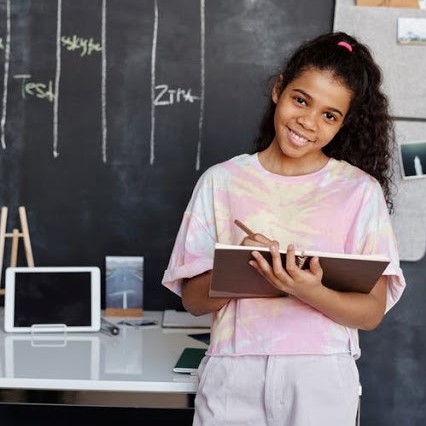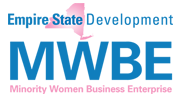Social Connection in Socially Distanced Classrooms

By Carin L. Reeve
As we begin to imagine re-opening school buildings for in-class instruction in the fall, it becomes clear that there are many layers that will need to be thought through and addressed in order to safely bring students and staff back into classroom communities. School with social distancing guidelines doesn’t have to be boring or full of anxiety. With a little innovative thinking, we can help teachers and students feel safe and connected to their classroom communities, even when things might look and feel very different.
Students talking to students
We know that strategies like “Turn and Talk” or “Think, Pair, Share” are important for building oral language skills that reinforce both reading and writing skills. They are also important foundational communication skills that students of all ages need in order to interact in many aspects of daily life. In most schools, these strategies involve close proximity. How do we keep the essential skills of communication and oral language processing and also provide for social distancing?
- Have assigned “Sharing Spots” in classrooms
- Play a “Telephone” Game using pool noodles
- Use personal whiteboards
- Stagger who is sharing with a friend and who is sharing with the teacher
- Use chat functions in digital classrooms
- Have students text each other
Circles
Whether you are sitting on the carpet in elementary school or circled up for a Socrative Seminar in high school, sitting in circle is an important strategy for promoting community, belonging, and valuing the opinions of everyone in the classroom community. Sitting in circle can continue to be an essential strategy in social distancing classrooms with a bit of creative problem-solving.
The skills of attentive listening, valuing the feelings and experiences of others, and building trusting relationships are the foundations of being in circle. These skills can be practiced and reinforced in any classroom configuration and are the foundation for creating a strong classroom community.
- Keep empty “place holders” when sitting in circle to reinforce social distancing
- Use virtual circles when unable to be in classrooms
- Reduce other classroom furniture to prioritize space for socially distanced circle setup
- Set up “campfire” seating in your classroom to keep circles properly spaced
Partners or Small Group Collaboration
Social distancing doesn’t have to eliminate partner or small-group work. In fact, most of the work that today’s students will be doing in their future will involve some level of virtual collaboration. What will have to adjust is how we plan for partner or small group interactions: teachers will need to provide more clarity for students with roles and responsibilities, checklists, rubrics, and work-flow or task management charts.
- Just like in the world of work, students will need to become accustomed to completing their deliverables prior to check-ins or team meetings.
- Provide pre-recorded “pro-tips,” or online “FAQs” to support questions or problems that may pop up for students when working in partners or teams.
- Use a structure like Microsoft Teams to provide monitoring and real-time feedback for groups as they are working.
In order to be successful in this type of classroom setting, teachers will need to facilitate a strong sense of classroom community, empower students to have a sense of agency about their own work, and support students in gaining stronger communication and problem-solving skills. These skills don’t appear magically – developing them requires caring educators and purposeful planning – but they must be incorporated into our new normal of classroom life if we are going to find our way through this next phase of education.
Carin L. Reeve is the Director of School Improvement at Peaceful Schools in Syracuse, NY. She has 27 years in education committed to improving outcomes for students and developing excellence in teachers. Reeve spent ten years in school leadership, including four years as a successful turnaround principal. As a part of the team at Peaceful Schools, Reeve shares her expertise with schools, districts, and leaders who are looking to build systems of social, emotional, and academic support for children.




